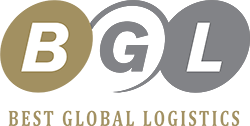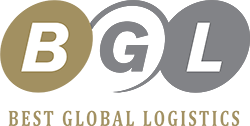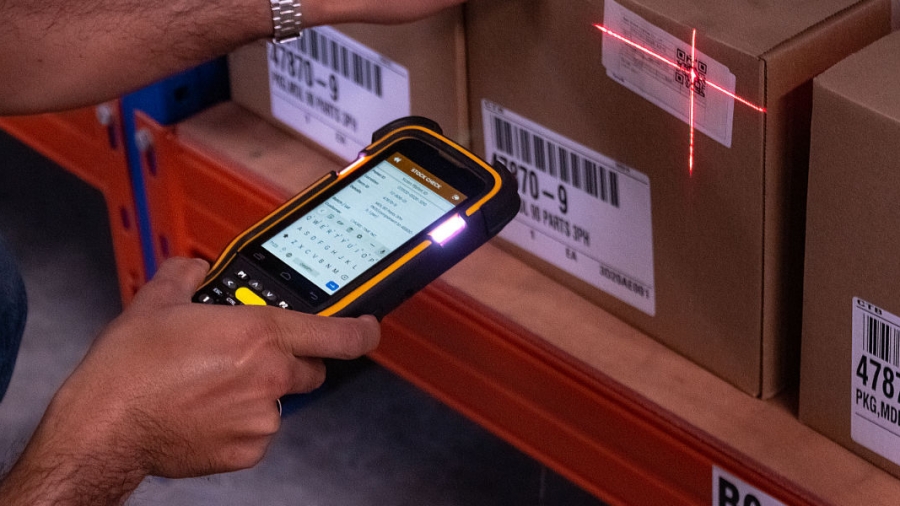Every 5 years the Harmonized System (HS) is updated and as of January 1st the world transitioned from HS 2017 to the current HS 2022. This means that tariffs and duty code percentages may have changed for your products. We’ll be reviewing the changes, but first a little background of the Harmonized System.
What Is the Harmonized System?
The International Convention on the Harmonized Commodity Description and Coding System (HS Convention) went into effect on January 1, 1998. The HS Convention was created with three objectives.
- To facilitate international cross-border trade and the collection, comparison, and analysis of statistics by harmonizing the description, classification, and coding of goods in international trade.
- To reduce the expenses related to international trade.
- To facilitate the standardization of trade documentation and the transmission of data.
Who Uses the Harmonized System?
Over 200 countries currently use the Harmonized System as basis for customs tariffs. The HS is also used as a basis for collection of international trade statistics, trade negotiations, rules of origin, and the monitoring of controlled goods.
When Do Changes Take Place?
The HS is revised every 5 years, with HS 2022 being the most recent edition. The HS 2022 is available for free on the World Customs Organization website.
What Changes Have Been Made in HS 2022?
The new HS 2022 edition introduces some major changes, with a total of 351 sets of amendments covering a wide range of goods.
HS 2022 recognizes new product streams and addresses environmental and social issues of global concern. Here are some examples:
- Electrical and electronic waste (e-waste): HS 2022 includes specific provisions for its classification to assist countries in their work under the Basel Convention.
- Nicotine-based products and unmanned aerial vehicles (UAVs, also known as drones): New provisions shall simplify the classification of these products.
- Smartphones: They gain their own subheadings.
- Glass fibres and metal-forming machinery: Major reconfigurations have been undertaken.
- Multi-purpose intermediate assemblies: there will be more products classified in their own right, such as flat-panel display modules.
Goods specifically controlled under various Conventions have also been updated and many new subheadings have been created for dual-use goods. Changes have also been made to put a greater focus on health and safety.
Sector | Number of changes introduced by HS 2022 |
Agriculture | 77 |
Machinery | 63 |
Chemical | 58 |
Wood | 31 |
Base Metal | 27 |
Transport | 22 |
Textile | 21 |
Others | 52 |
Total | 351 |
The table below summarizes some of the changes to HS 2022.
Sector in International trade | HS 2022 Changes |
Environmental Impacts | New heading for e-waste and subheadings for the key categories of e-waste were created offer greater visibility and aid member countries in the charge of controlling the cross-border movement of hazardous wastes and their disposal |
Combatting Terrorism | New subheadings were created for a number of dual-use goods (e.g. radioactive materials, biological safety cabinets) that could be diverted for mass disturbance of international peace and security once successfully cleared, |
Shifting Trade Patterns | New subheadings have been incorporated for smartphones (including Chapter note), UAVs, novel tobacco and nicotine-based products for ease of simplified classification and statistical reasons |
Restricted or Controlled Materials | New subheadings have been streamed so as to distinctively cover certain restricted, controlled or prohibited for certain hazardous chemicals, resilient organic pollutants, including fentanyl-opioid substances and their derivatives |
Health and Safety Issues | New provisions have been provided for cell cultures and cells, therapy placebos and clinical trial kits as well as rapid diagnostic kits,: |
How Does This Affect Me in Thailand?
FTA documents stating the HS 2017 codes or goods description will still be accepted by Thai customs for the next few months. However, the actual entry will be done in line with the newly enacted HS 2022 version of HS codes.
BGL’s Recommendation
As BGL, we recommend all of our customers to cross check their product HS codes against the new HS 2022 version to ensure the right tariffs code and duty percentage are being applied to avoid any unnecessary penalties and fines, or other penalties.



